Asiago War Memorial
The remains of 50,000 World War I soldiers rest under a towering arch overlooking the Alpine battlefields.
The Asiago plateau is one of the most iconic locations of World War I, having seen many battles between Italian and Austro-Hungarian troops. After the end of the war, the town of Asiago was selected to house one of the largest memorials of the Great War.
The burial monument was built in the 1930s on Leiten Hill on the edge of town. The sprawling square base contains the crypt and an octagonal chapel. Burial niches line the walls of the corridors, holding the remains of over 33,000 fallen Italian soldiers whose bodies were exhumed from 35 nearby war cemeteries in the mid-1930s.
More than 18,000 Austro-Hungarian soldiers were also gathered here from surrounding war cemeteries after the Second World War. The names of all identified soldiers are engraved in alphabetical order near the corresponding niches, while the unidentified remains are in two communal tombs. Near the entrance to the crypt, a museum contains many relics, documents, and photographs gathered from the many battlefields of the Asiago plateau.
On top of the base is a towering triumphal arch, with an altar at the center that is easily visible throughout the Asiago plateau. Two 115-foot-long staircases lead up to the vista on the memorial’s terrace, where some arrows indicate where important battles took place on the surrounding mountains. Original World War I cannons surround the entire memorial.
Know Before You Go
The memorial and museum are open to the public every day except Mondays and certain holidays. Opening hours vary by season. There is free parking at the bottom of Leiten Hill and it's a fairly easy hike to the monument at the top of the hill from there.


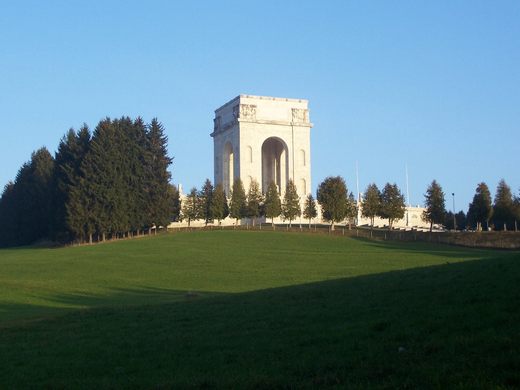








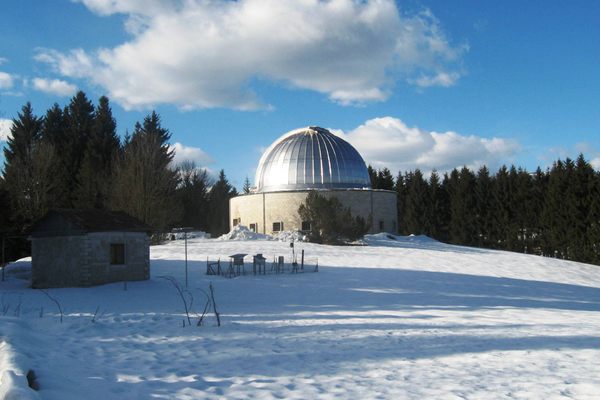

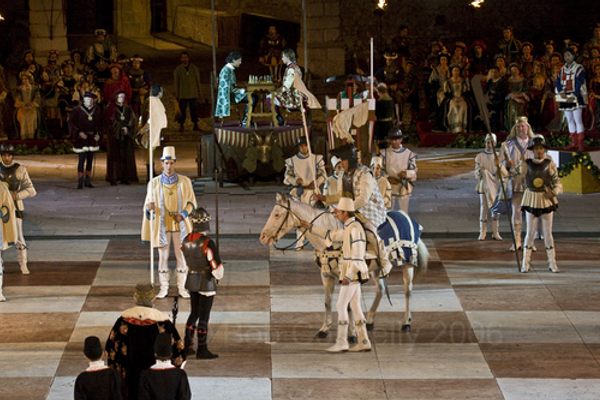
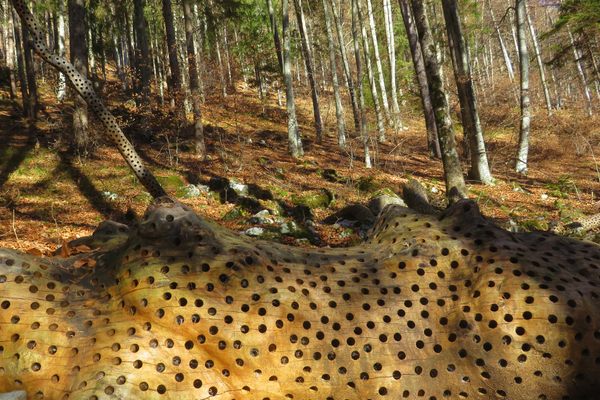
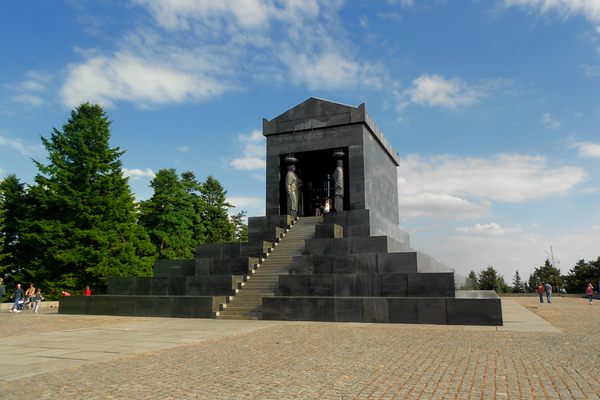
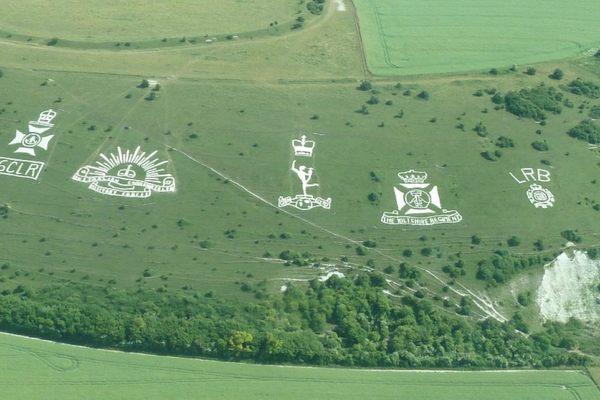

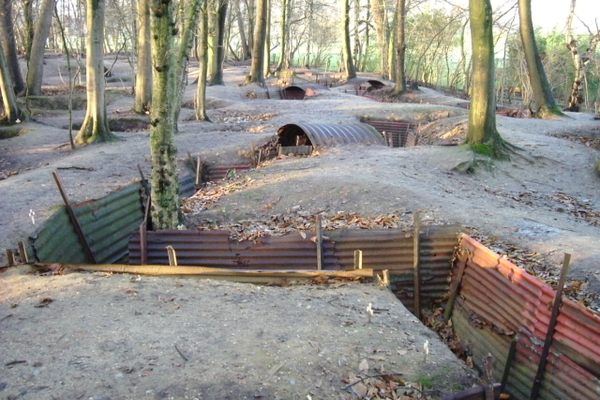

Follow us on Twitter to get the latest on the world's hidden wonders.
Like us on Facebook to get the latest on the world's hidden wonders.
Follow us on Twitter Like us on Facebook